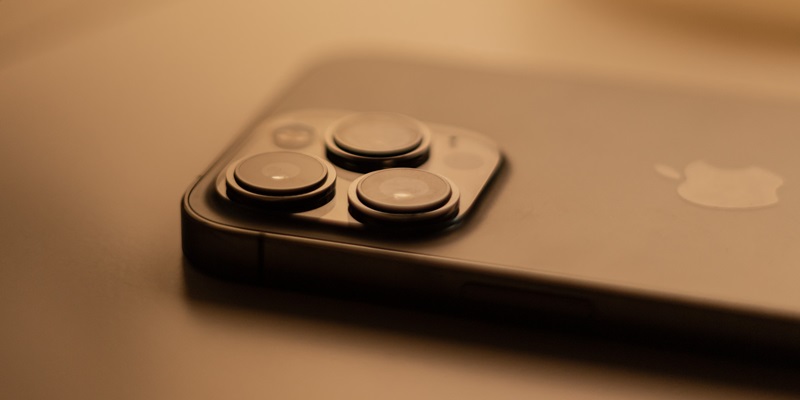Apple has released a much-awaited update, iOS 17.1.1, addressing a frustrating bug that halted the functionality of Apple Pay and certain NFC features on iPhone 15 handsets. This bug occurred specifically when charging the device using BMW’s in-car wireless chargers and affected users’ ability to seamlessly utilize NFC functions. However, with the release of this update, users can now once again enjoy the convenience of Apple Pay and NFC features without any issues.
Background
The iPhone 15 was launched by Apple in late September, marking the latest addition to their renowned smartphone lineup. However, it took Apple some time to rectify this particular bug, which has caused inconvenience to iPhone 15 owners for a few months.
Bug Description
According to an internal memo obtained by MacRumors in late October, the bug specifically affected users when charging their iPhone 15, iPhone 15 Plus, iPhone 15 Pro, or iPhone 15 Pro Max in certain BMWs, as well as Toyota Supra vehicles. The primary consequence was the disruption of NFC functions on the iPhone, potentially leading to issues with the operation of BMW’s digital car key feature.
Probable Cause
Though not explicitly confirmed, experts speculate that the bug was related to the wireless charging process in these specific car models. It is likely that the intricacies of the charging mechanism interfered with the NFC functionality on the iPhone 15. The release of iOS 17.1.1 can be seen as a significant development, as it has successfully resolved the bug affecting Apple Pay and NFC features on iPhone 15 models. This means that users who rely heavily on Apple Pay and the seamless NFC experience can once again enjoy their iPhone’s full potential while using BMW cars or Toyota Supra vehicles.
User Impact
The delay in resolving the bug may have caused inconvenience for users who heavily rely on Apple Pay and NFC features in their daily lives. However, with the release of this bug fix, owners of iPhone 15 can now rest assured that they can leverage the NFC capabilities of their devices in their preferred vehicles without any hiccups.
Apple’s Commitment to Improvement
The timely release of iOS 17.1.1 to address the bug demonstrates Apple’s commitment to continuously improving its devices and resolving any issues promptly. This bug fix underscores their dedication to ensuring a seamless user experience for iPhone owners, highlighting Apple’s vigilance and willingness to address user concerns effectively.
The bug that disrupted Apple Pay and certain NFC features on iPhone 15 handsets in BMW cars and Toyota Supra vehicles has finally been resolved with the release of iOS 17.1.1. This bug fix brings relief to iPhone 15 owners, enabling them to fully utilize Apple Pay and NFC features without any hindrances. It serves as a testament to Apple’s commitment to continuously enhance their devices and promptly address any challenges that arise. With this bug now resolved, iPhone 15 users can once again enjoy the convenience and ease of NFC interactions, reaffirming Apple’s dedication to delivering an optimal user experience.

